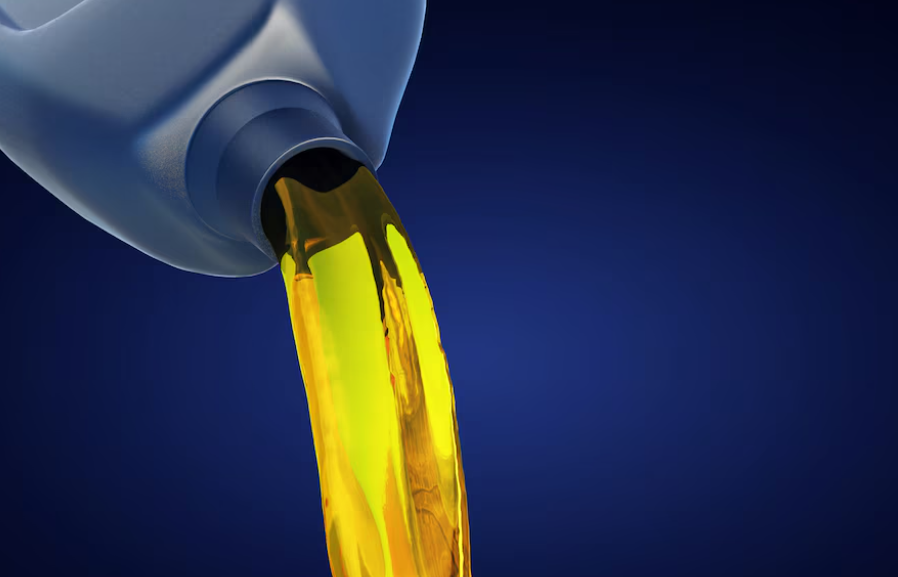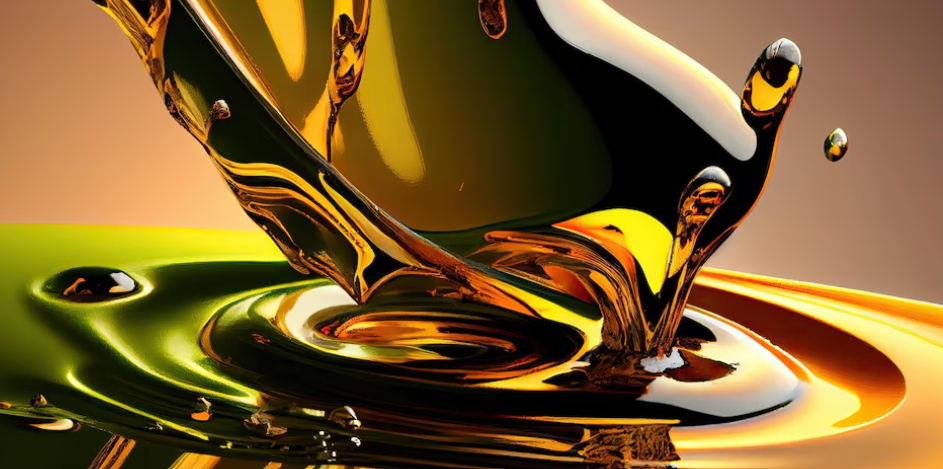Discover What Color is Engine Oil supposed to look like.
What hue should your motor oil possess?
Ideally, it should exhibit a caramel or tan shade.
This is the preferred color for your vehicle’s oil. Initially, when poured into your car, it should appear caramel, amber, or tan.
Maintaining this color signifies your car’s health and the cleanliness of the oil.
Ensuring it’s devoid of contaminants, thus enabling it to perform its intended function effectively.

Source: (Freepik)
What hue should your motor oil possess?
For optimal performance, your car’s oil should exhibit a caramel, amber, or tan hue when initially added.
Maintaining this color indicates your vehicle’s good condition, with clean and debris-free oil capable of fulfilling its intended function.
Ensure the oil level falls within the designated range on the dipstick for smooth operation.
However, if the oil appears dark brown or black, it signifies contamination due to dirt or prolonged exposure to heat.
In such cases, an oil change is imperative to prevent potential engine damage and costly repairs, particularly if visible debris is present.
A creamy or milky appearance suggests moisture infiltration, possibly indicating a head gasket leak.
Swift attention from a qualified technician is necessary to avoid further complications, such as blown gaskets or coolant loss.
Symptoms like white exhaust smoke or rapid coolant depletion warrant immediate inspection.
Furthermore, if the creamy or milky oil also exhibits a frothy texture, it confirms the presence of moisture.
Even without obvious signs of a gasket leak, water contamination poses a risk to engine integrity and necessitates prompt resolution.
How to Examine Oil Color and Clarity
Assessing the color of your oil is a quick process that also enables you to gauge the oil levels simultaneously.
Begin by parking your vehicle on a level surface and allowing the engine to cool for approximately 10 to 15 minutes.
For this task, you’ll only need gloves if you prefer to keep your hands clean, along with a rag or paper towel.
Once the engine is off and sufficiently cooled, open the hood and locate the oil dipstick, typically identifiable by a plastic orange or red pull tab.
If you encounter difficulty finding it or discover multiple dipsticks beneath the hood, refer to your vehicle’s owner manual for guidance on identifying the correct one.
Remove the dipstick, wipe it clean using a paper towel or rag, and then reinsert it fully into its tube.
Allow a moment, then withdraw it once more to observe the oil level, color, and consistency.
Once you’ve obtained a clear assessment of the oil color, give the dipstick a final wipe before securely reinserting it into place.
WHAT can Oil Color reveal about a Car’s Condition?
Examining the level, texture, and color of your motor oil offers valuable insights into your engine’s well-being, aiding in the detection of potential issues such as oil contamination and leaks.
The color of engine oil can alter due to various factors including aging, additive breakdown, contaminants, and heat exposure.
Oil color alone shouldn’t delay changes or serve as a DIY diagnosis.
Follow manufacturer guidelines, considering mileage and driving conditions for maintenance scheduling.

Source: (Freepik)
Regular Oil Checks for Detecting Anomalies
While oil color alone isn’t the sole determinant of oil health, it’s crucial to monitor color variations alongside changes in consistency and volume.
Together, these factors can provide valuable insights into potential oil-related issues.
Regular oil checks represent a proactive approach to DIY car maintenance.
However, assessing engine oil goes beyond mere color observation; it necessitates professional servicing and maintenance, adhering to the guidelines outlined in your owner’s manual.
Wrap Up
The color of engine oil serves as a key indicator of its condition and the health of your vehicle’s engine.
Ideally, fresh engine oil should exhibit a caramel, amber, or tan hue when initially added.
This color indicates cleanliness and freedom from contaminants, signifying optimal engine performance.
However, over time, oil color may darken due to factors like aging, additive degradation, and exposure to heat.
Dark oil indicates contamination, necessitating an oil change to prevent engine damage.
Creamy oil signals moisture, possibly from a head gasket leak, needing immediate attention.
Oil color aids diagnostics but should be supplemented by other factors and professional servicing.